North finder have been widely used in mobile weapon orientation, oil drilling and other fields. The following will introduce the relevant knowledge of north seekers from the concept, principle, classification and application fields of north seekers.
The Concept of North Seeker
A north finder is a type of compass. It is a precision inertial measurement instrument used to find the true north value of a certain location. It is usually used to provide azimuth reference for mobile weapon systems such as artillery, surface-to-surface missiles, and ground radars. At the same time, the north seeker is also an inertial measurement system that uses the gyro principle to determine the projection direction of the earth's rotation angular rate in the local horizontal plane (i.e., the true north position).
Basic Principles of Gyro North Finder
The Earth rotates around its axis at a constant angular velocity. For a point on the earth with latitude φ, the angular velocity of the earth's rotation at that point can be decomposed into two components, the horizontal component (formula: ωe1=ωecosφ) pointing to true north along the earth's longitude, and the vertical component (formula: ωe2=ωesinφ) Vertically upward along the earth's vertical line, as shown in Figure 1, the north direction information of the measured point on the earth can be obtained by measuring the horizontal component of the earth's rotation angular velocity using inertial technology or being sensitive to it. This is the core principle of gyro north-finding technology.
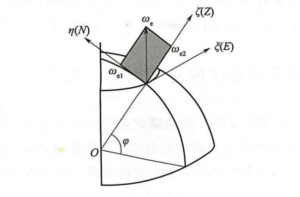
Figure 1 Ground speed component
Its north-seeking process does not require an external reference. In addition to being limited by high latitude, its north-seeking measurement is not affected by weather, day and night time, geomagnetic field and site visibility conditions. North seekers are extremely sensitive to environmental vibration interference (especially low-frequency vibration interference).
Classification of North Seekers
According to the use environment, north seekers can be divided into three types: ground-mounted high-precision north seekers, vehicle-mounted gyro north seekers and marine moving base gyro north seekers.
According to the type of gyroscope used, north seekers can be divided into three types: north finder that use a two-degree-of-freedom gyro as the earth's rotation sensor (such as a suspended pendulum gyro north seeker), and north seekers that use a single-axis rate gyro as a sensor. There are three types of instrument (such as strapdown gyro north seeker) and platform north seeker system.
The north seekers widely used on the market now mainly include fiber optic gyro north seekers and MEMS gyro north seekers. Let us understand the concepts and working principles of these two north seekers.
1. The fiber optic gyro north finder is a high-precision inertial instrument that independently indicates the orientation. It can give the angle between the carrier and true north without inputting the latitude value. Using the earth's rotation angular rate value measured by the fiber optic gyroscope and the angle between the gyroscope and the horizontal plane measured by the accelerometer, the angle between the carrier's baseline and the true north direction can be obtained through computer calculation. The accelerometer placed on the baseline can measure the attitude angle of the north seeker. The fiber optic gyroscope used in the fiber optic gyro north seeker is a solid-state device and has no rotating parts, so it can withstand shock and vibration. This is something other non-fiber gyros cannot do.
2. MEMS gyro north finder is mainly used to quickly and independently determine the true north direction. It consists of two high-precision MEMS gyroscopes, a high-precision three-axis MEMS accelerometer, processing circuit and power circuit. High-precision MEMS gyroscopes are used to track and measure the earth's rotation angular velocity. The gyroscope is sensitive to the different components of the earth's rotation angular velocity on the X and Y axes to obtain the orientation information of the product's reference axis. Then the accelerometer is used to obtain the axial tilt data of the product, and the azimuth tilt compensation is performed. And it is not affected by the environment such as magnetic fields. When the MEMS gyro north seeker quickly and autonomously seeks north, the user can also calibrate it through serial port commands to once again improve the accuracy of north seeking. As a leader among mems north seeker manufacturers, ericco's ER-MNS-06 is the world's smallest north seeker and can be used in many north seeker fields with extremely high advantages.
How Does North Seeker Work
In north finder applications based on fiber optic gyroscopes, most methods used are to rotate the FOG at a fixed angle and calculate the angle relative to the north direction by determining the offset. In order to accurately point north, the drift of FOG must also be eliminated. As shown in Figure 2, a rotating platform is generally used to place the fiber optic gyroscope on a moving base. The plane of the moving base is parallel to the horizontal plane, and the sensitive axis of the fiber optic gyroscope is parallel to the plane of the moving base. When starting to seek north, the gyro is in position 1, and the gyro sensitive axis is parallel to the carrier. Assume that the angle between the initial direction of the fiber optic gyroscope's sensitive axis and the true north direction is α. The output value of the gyro at position 1 is ω1; then the base is rotated 90°, and the output value of the gyro measured at position 2 is ω2. Rotate 90° twice more, to positions 3 and 4 respectively, to obtain the angular velocities ω3 and ω4.
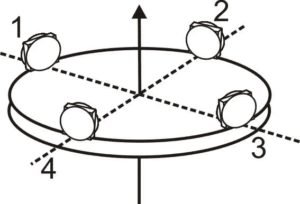
Figure 2Schematic diagram of FOG gyro north seeking principle
In north-seeking applications based on MEMS gyroscopes, only one MEMS gyroscope and one MEMS accelerometer are required. The high-precision gyroscope and accelerometer are the most expensive components of the gyro north-seeker, thus reducing the total cost. In order to reduce the size and improve reliability, the rotational modulation system introduces wireless power and wireless data transmission technology for the first time, as shown in Figure 3. The excellent potential of the new north-seeking system was confirmed. the proposed single-gyro single-accelerometer north-finding scheme is universal and has important reference significance for scientific research and industrial applications.
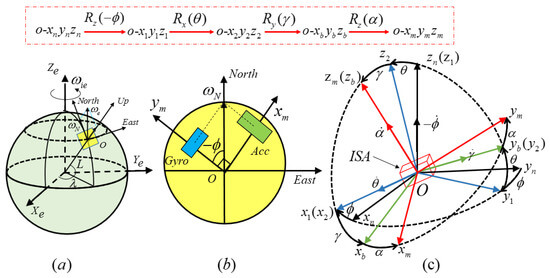
Application of North Finder in Surveying and Mapping
Gyroscopic north-finding systems are widely used in various fields of the national economy and military. Depending on industry characteristics and constraints, there are many different observation methods and operating procedures when using gyroscopic north-finding systems to obtain azimuth information. The transmission and aiming of azimuth are the most commonly used and basic links. Many typical applications of gyro north-finding systems require the application of this technology. In surveying and mapping work, azimuth angle (true north) is the most basic azimuth element, and it is also an important element in navigation, positioning, aviation and other fields. The so-called azimuth angle refers to the clockwise rotation angle from north, indicating the target's orientation relative to true north. Specifically, we can divide the azimuth angle into two types: true azimuth angle and magnetic azimuth angle. True azimuth is based on the Earth's true north direction, while magnetic azimuth is based on the Earth's magnetic north direction.
Sometimes there are visibility obstacles in ground surveying and mapping, and it is impossible to observe certain reference operations. Under this condition, when the direction angle cannot be obtained from a known point, Figure 4 illustrates the direction angle acquisition with visibility obstacles. Astronomical measurement or homing can be used. Obtain the direction angle using the North Instrument measurement method. For example, Ericco's ER-FNS-03 is very suitable for the field of surveying and mapping. It is light weight and small in size. Compared with astronomical measurements, the north seeking method has many advantages: it is less dependent on the weather, has nothing to do with the number of clouds, and does not require With complex astronomical calculations, the azimuth angle of any survey line can be obtained on site, making it easy to calculate the misclosure.
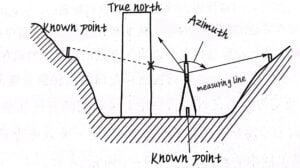
Figure 4 Obtaining direction angle when viewing obstacles
This article introduces north seeker from four aspects. I hope you will have a basic and clear understanding of a high-quality north seeker. If you want to learn more about the North Finder, you can find useful content in "More Technical Questions". If you are interested in north seeker related products, you can click "Products in Articles". If you have any questions, please leave your comments in "Ask a Question" below.
More Technical Questions
1.How to Choose an Appropriate North Finder?
2.The internal structure of the north finder
3.Technical innovation of north finder in directional drilling
4.Technical analysis of static north finding with MEMS north finder
5.How to Use Acquisition Software of MEMS North Seeker?
6.Research on Signal Acquisition of Strap-down North Seeker
Products in Article
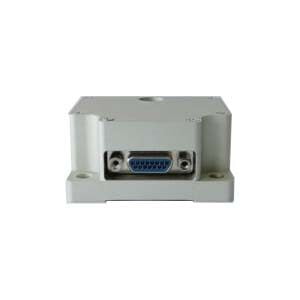
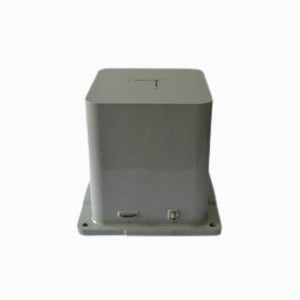
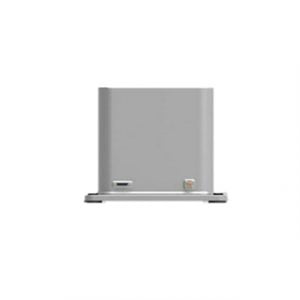
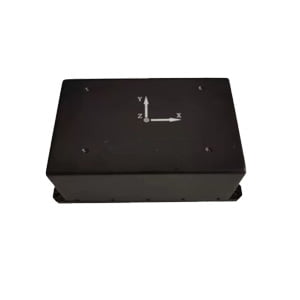
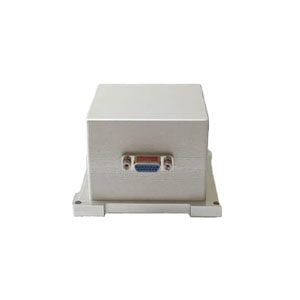
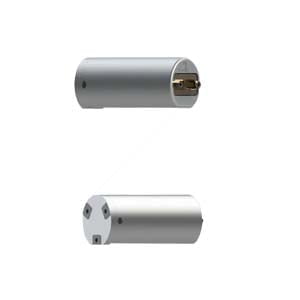 MEMS Triaxial North Seeker for Mining
MEMS Triaxial North Seeker for Mining
